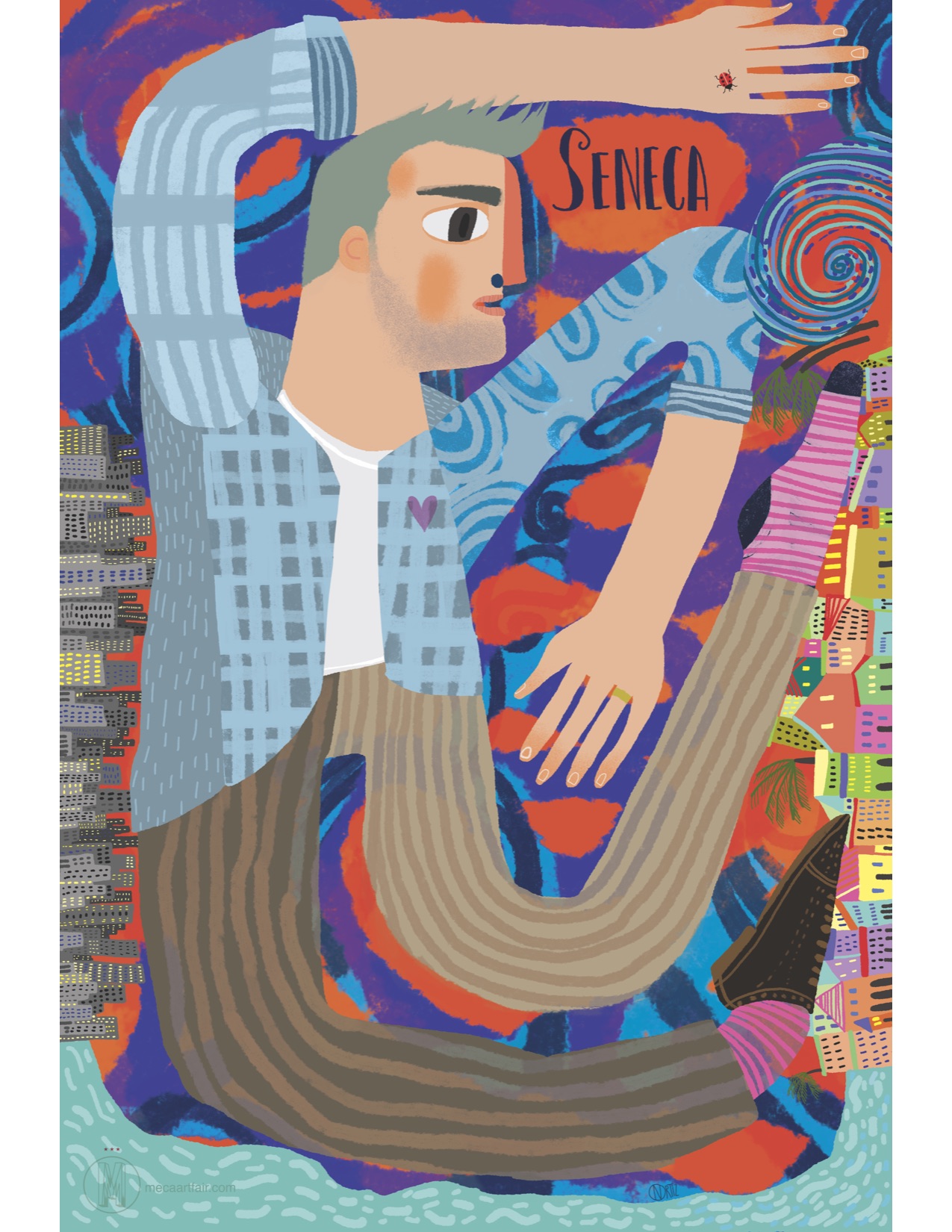12.2.2021 | By Jack Rico |

As film critics prepare to vote for their best movies of 2021, Hispanic critics, in particular, have been anticipating the long-awaited retelling of Steven Spielberg’s West Side Story. Not just because it is a Spielberg-event film, but mainly because of the cultural weight the movie carries.
West Side Story arrives at a time when Latino critics are looking at the film as a cultural barometer for the acceptance of Latino culture by Hollywood executives. The belief is if it succeeds, it will lead to a Latino cultural renaissance, but if it fails, we go back to being invisible. With underrepresentation still being the biggest threat to Latino progress in media and entertainment, West Side Story, much like In The Heights, now bears the “cultural cross” for the whole Hispanic community.
From the start of the opening sequence, it is evident this is one of the better movies you will see this year. Spielberg preserves all the nostalgic elements of the 60s original – the artistic aesthetic, the music, the choreography – all while updating it for a new generation of moviegoers. If you haven’t seen the original, this version will seem like you are watching an instant classic. But perhaps the most notable feature of the movie is how well Spielberg handled the problematic depiction of Puerto Rican culture in the original film. “I really wanted to tell that Puerto Rican, Nuyorican experience of basically the migration to this country and the struggle to make a living and to have children, and to battle against the obstacles of xenophobia and racial prejudice,” Spielberg said in a recent interview.

San Juan Hill
San Juan Hill: The Real West Side Story
For context, San Juan Hill in the 1940s, where the Lincoln Center now sits, was mostly a Puerto Rican and Black neighborhood that was torn down to make room for the cultural institution. Around the time, news programs began reporting a rise in Latino gang crimes which gave producers the idea to use Puerto Ricans as the rival gang, the Sharks. From then on, the stream of cultural transgressions piled on no more evident than in the casting of Maria, played by white actress Natalie Wood, and the Puerto Rican gang, the Sharks, led by Greek actor George Chakiris who won an Oscar for his portrayal of Bernardo.
Steven Spielberg and Puerto Rican Authenticity
To make things right, Spielberg first needed to authentically cast the Puerto Rican roles. In Hollywood, that means casting Latinos in Latino roles, not necessarily Puerto Ricans in Puerto Rican roles. ‘Maria’ is played by Colombian-American newcomer Rachel Zegler, ‘Bernardo’ is played by Canadian-Cuban David Alvarez, ‘Anita’ is played by Puerto Rican, Afro-Latina, LGBTQ+ star Ariana DeBose, and ‘Chino’ is played by Puerto Rican Josh Andrés Rivera. At least twenty of the thirty-three Puerto Rican characters in the remake are specifically Puerto Rican or of Puerto Rican descent.

A scene still from 20th Century Studios’ WEST SIDE STORY. Photo by Niko Tavernise. © 2021 20th Century Studios.
Ariana DeBose Arrives
Ariana DeBose, who has already established herself as one of the most talented triple threats on Broadway, is the breakthrough star of the film. Her performance in the musical number ‘America’ was the standout moment of the movie sending the New York crowd into an eruption of applause. She should receive Oscar consideration for Best Supporting Actress. David Alvarez was also a revelation as Bernardo. He, in my opinion, will now forever be the way I remember Bernardo moving forward.
There were more additions to this retelling, notably, screenwriter Tony Kushner expanding the storyline of the Puerto Rican characters. It was evident he had extensively fleshed out their arcs which added a deeper exploration of boricua life in New York. Kushner even created the character of ‘Valentina’ for Rita Moreno who served as a bridge between the generations of the films. She was also asked to executive produce the film to advise them on the nuances they could miss.
Adding to the loud Latino statement, Spielberg elected to not use subtitles for the script’s Spanish dialogue, resulting in a true-to-life viewing experience for the bilingual moviegoer.

Ansel Elgort as Tony and Rachel Zegler as Maria in 20th Century Studios’ WEST SIDE STORY, directed by Steven Spielberg. Photo by Niko Tavernise. © 2021 20th Century Studios. All Rights Reserved.
A Criticism of West Side Story
As exciting as it was to watch this film as a Latino, the film’s central flaw to me was the Latino accents. At a time when Latinos are fighting a war on image representation in Hollywood, the decision to use the heavy, over-pronounced Latino accents over the more traditional Puerto Rican accent, unintended or not, continues to reinforce an insidious history of American cultural and racial bias against Hispanics in this country.
The Latino accents used in this film are not real. They are a Hollywood construct that began with Mel Blanc voicing Speedy Gonzales in 1955 and has since become very popular in American culture for its comical effect. But the reality is that these cartoon accents do not cast us in a positive light and the more we can shift away from this depiction, the more we can embrace a more positive and accurate ideal of today’s Hispanic Americans. Every effort made by Spielberg and crew to amend the Puerto Rican inaccuracies of the original needs to be commended and celebrated, but this was a clear miss in an otherwise monumental moment for Latinos in cinema.
Afterthoughts for Latino Storytelling
For U.S. Latinos, this amended version of West Side Story represents a victory against the fight for proper and just representation on film. It gave us a stage to prove once and for all that our time has come and it is now.




























